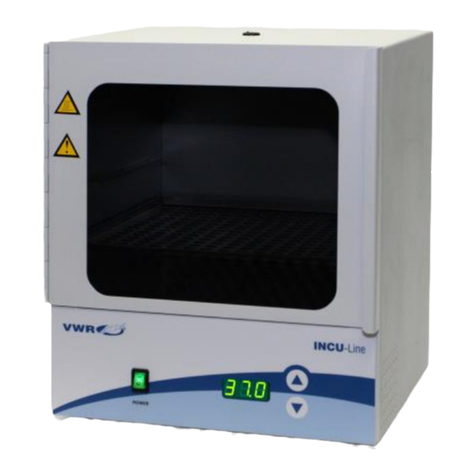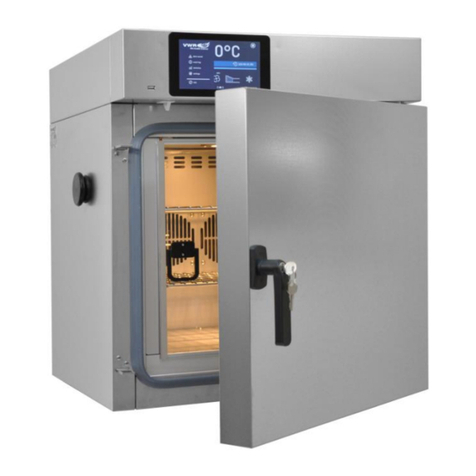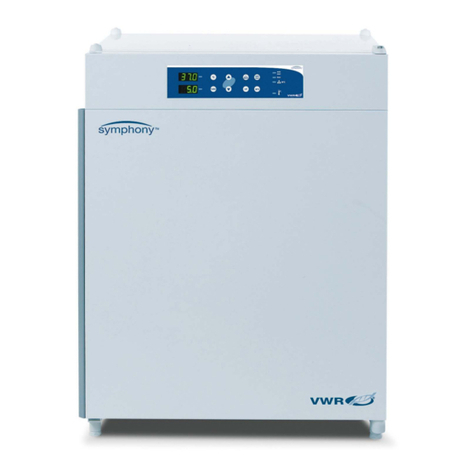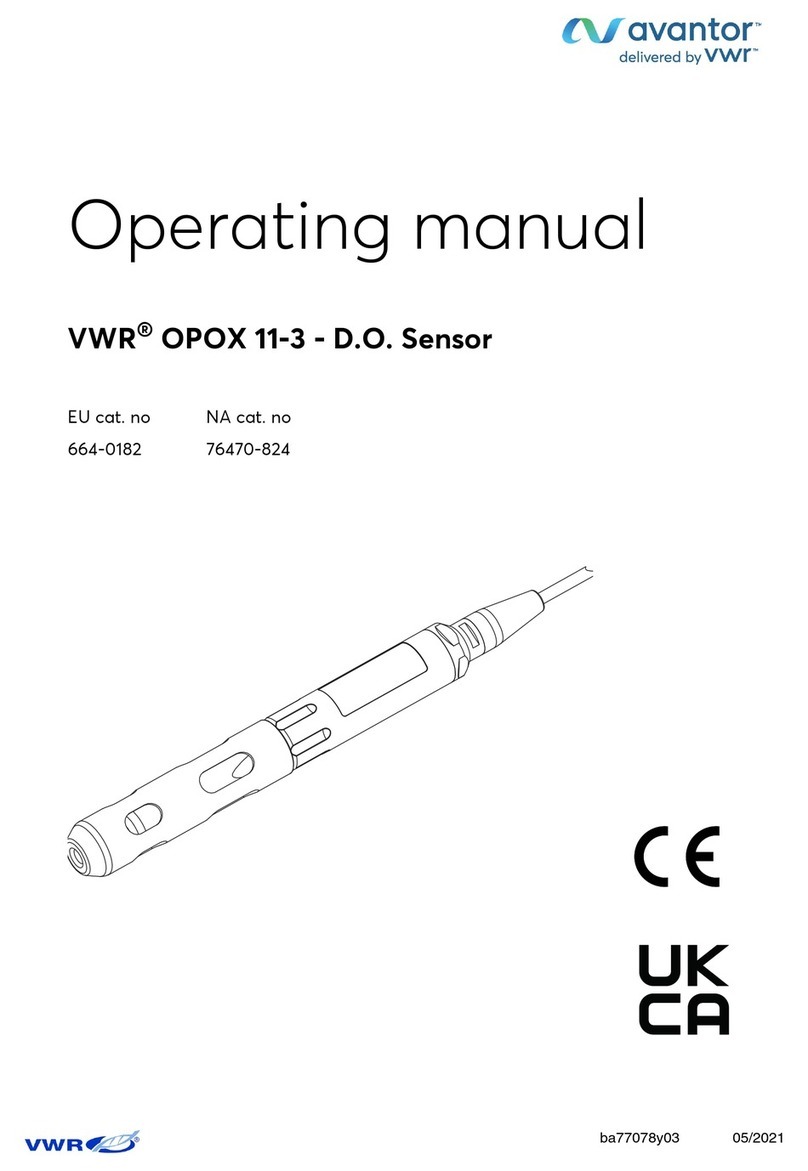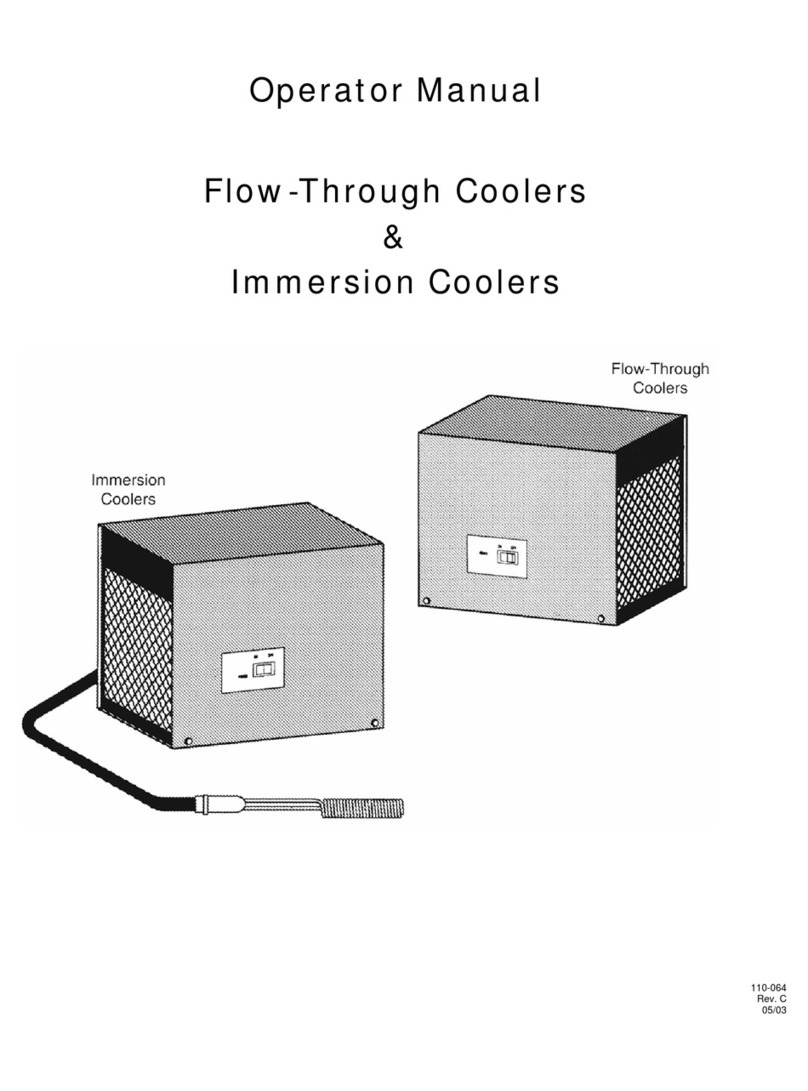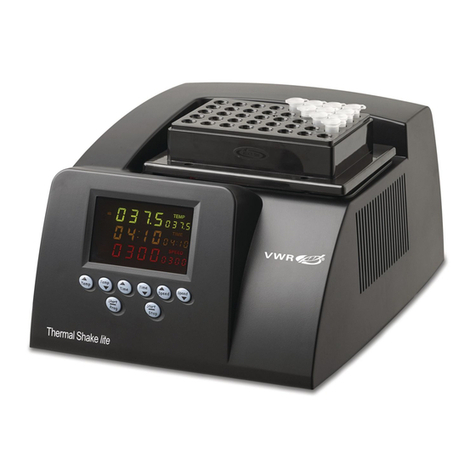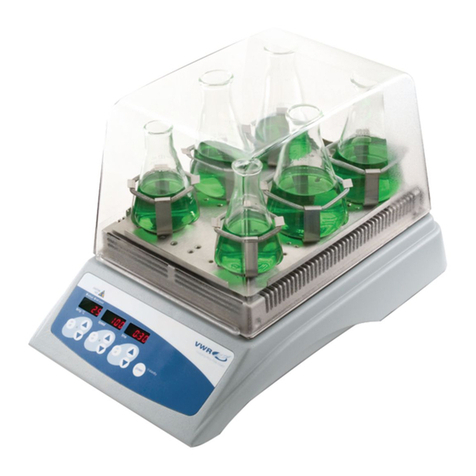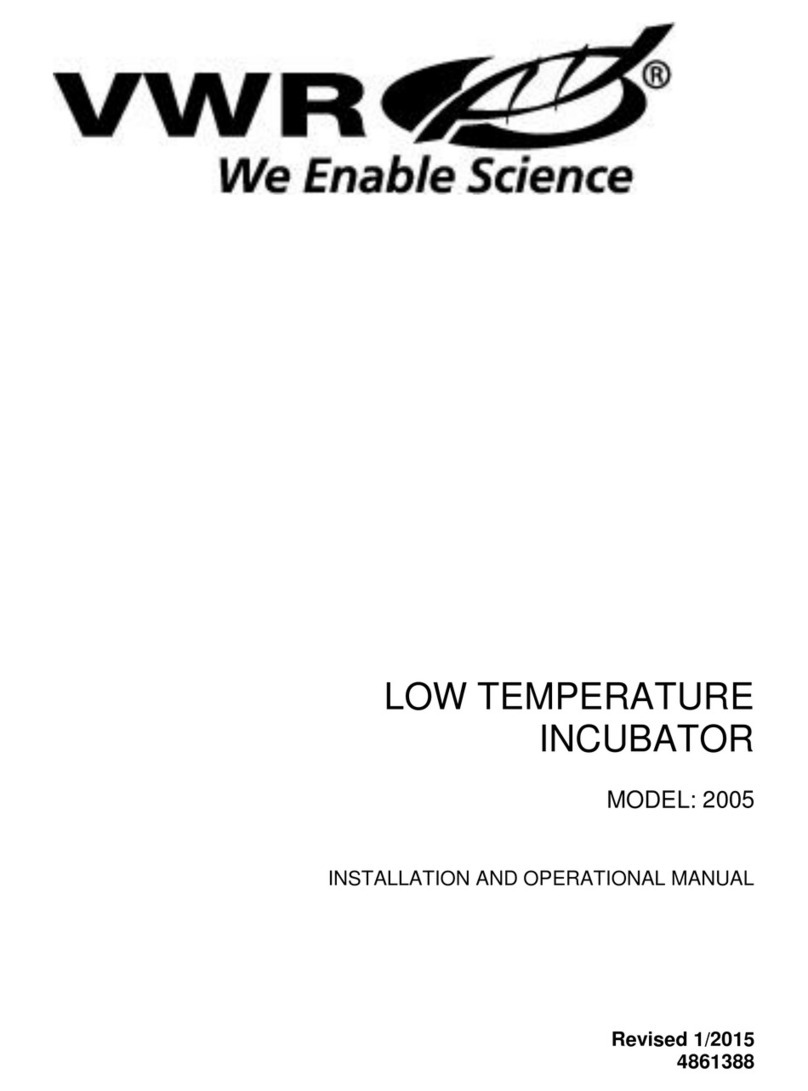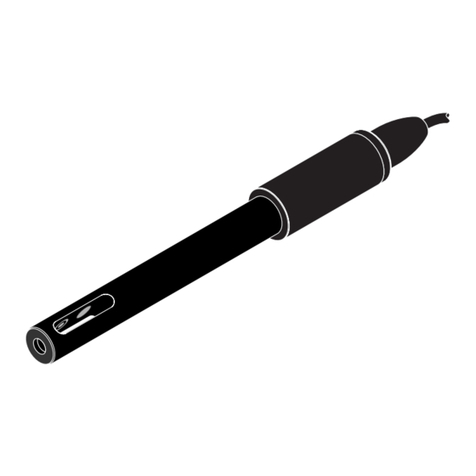
Contents OXY 11
4ba75842y04 05/2021
FR Français - - - - - - - - - - - - - - - - - - - - - - - - - - - - - - - - - - - - - - 41
1 Vue d'ensemble. . . . . . . . . . . . . . . . . . . . . . . . . . . . . . . . . 41
2 Sécurité . . . . . . . . . . . . . . . . . . . . . . . . . . . . . . . . . . . . . . . 42
3 Mise en service . . . . . . . . . . . . . . . . . . . . . . . . . . . . . . . . . 42
4 Mesure / fonctionnement. . . . . . . . . . . . . . . . . . . . . . . . . . 43
5 Maintenance, nettoyage, pièces
et fournitures de rechange . . . . . . . . . . . . . . . . . . . . . . . . 44
6 Que faire, si... . . . . . . . . . . . . . . . . . . . . . . . . . . . . . . . . . . 50
7 Caractéristiques techniques . . . . . . . . . . . . . . . . . . . . . . . 51
8 Pièces d'usure et accessoires . . . . . . . . . . . . . . . . . . . . . . 52
IT Italiano - - - - - - - - - - - - - - - - - - - - - - - - - - - - - - - - - - - - - - - - 53
1 Descrizione generale. . . . . . . . . . . . . . . . . . . . . . . . . . . . . 53
2 Sicurezza. . . . . . . . . . . . . . . . . . . . . . . . . . . . . . . . . . . . . . 54
3 Messa in funzione . . . . . . . . . . . . . . . . . . . . . . . . . . . . . . . 54
4 Misurare / funzionamento . . . . . . . . . . . . . . . . . . . . . . . . . 54
5 Manutenzione, pulizia, pezzi di ricambio. . . . . . . . . . . . . . 55
6 Cosa fare se... . . . . . . . . . . . . . . . . . . . . . . . . . . . . . . . . . . 62
7 Dati tecnici. . . . . . . . . . . . . . . . . . . . . . . . . . . . . . . . . . . . . 64
8 Accessori. . . . . . . . . . . . . . . . . . . . . . . . . . . . . . . . . . . . . . 65
PT Português - - - - - - - - - - - - - - - - - - - - - - - - - - - - - - - - - - - - - 66
1 Visão geral . . . . . . . . . . . . . . . . . . . . . . . . . . . . . . . . . . . . 66
2 Segurança . . . . . . . . . . . . . . . . . . . . . . . . . . . . . . . . . . . . . 67
3 Colocação em funcionamento. . . . . . . . . . . . . . . . . . . . . . 67
4 Medição / operação. . . . . . . . . . . . . . . . . . . . . . . . . . . . . . 68
5 Manutenção, limpeza, sobressalentes necessárias . . . . . 69
6 O que fazer em caso de ... . . . . . . . . . . . . . . . . . . . . . . . . 75
7 Dados técnicos . . . . . . . . . . . . . . . . . . . . . . . . . . . . . . . . . 76
8 Acessórios. . . . . . . . . . . . . . . . . . . . . . . . . . . . . . . . . . . . . 77
